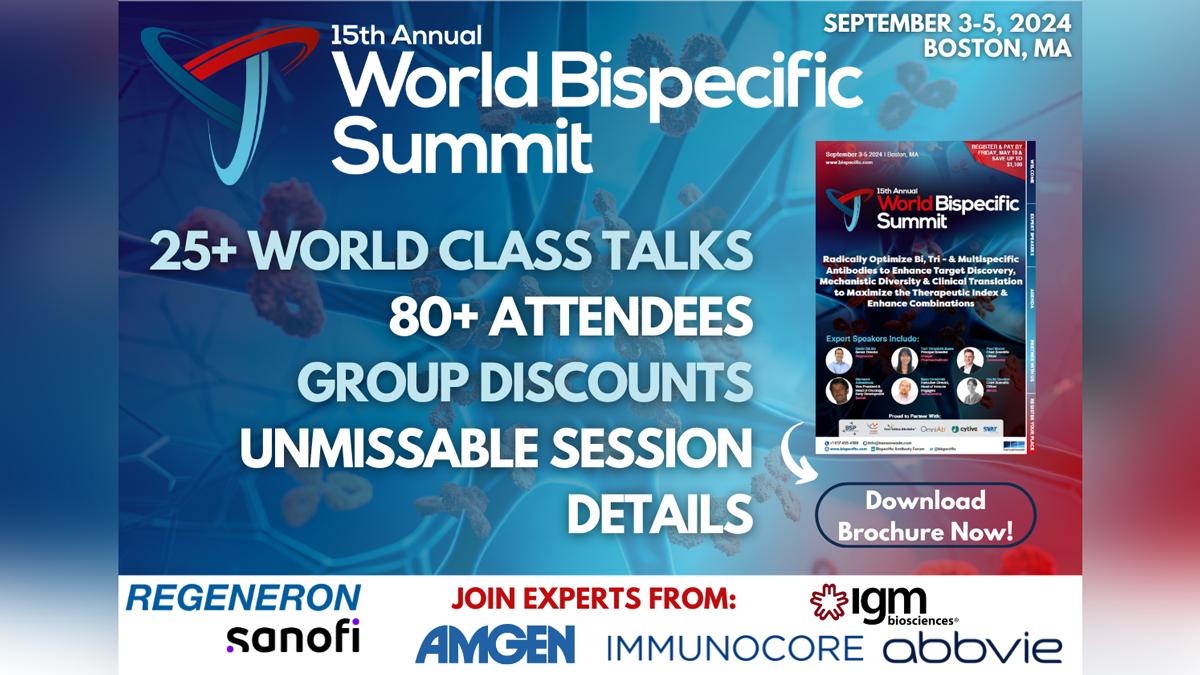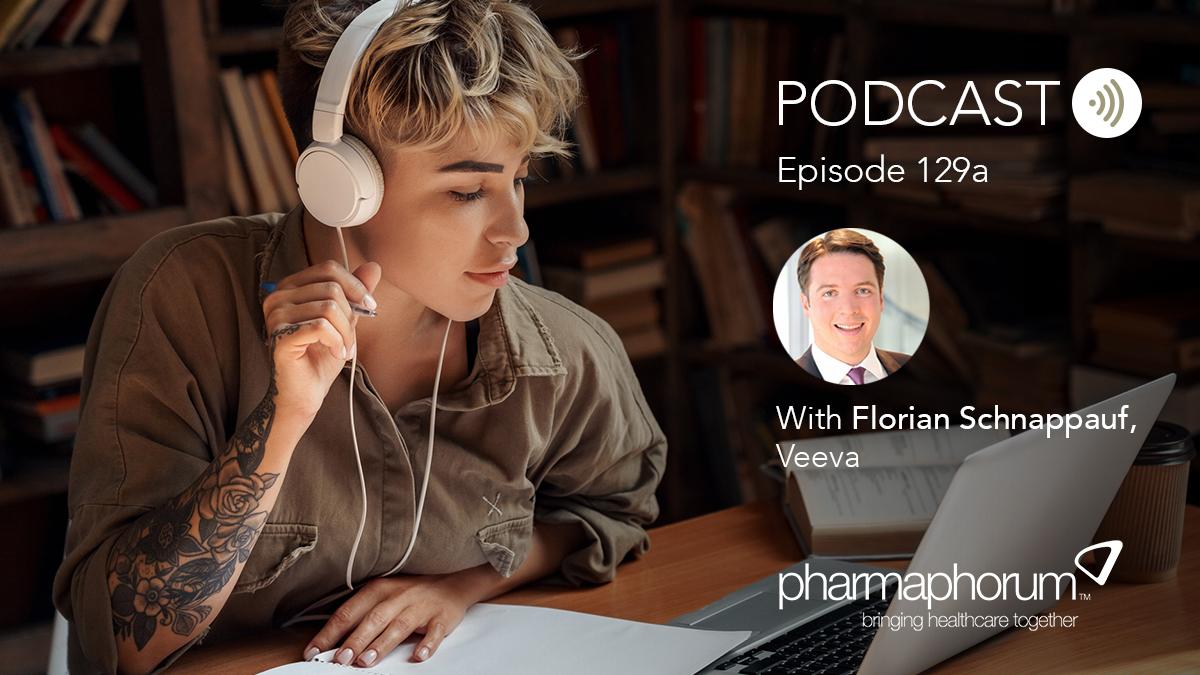Investors look ahead to 2020 following briefings from pharma chiefs at Jefferies London conference

The great and the good of pharma and biotech descended on London to give investors updates on how their businesses are progressing at this year’s Jefferies conference, and provided insights about how key products may perform as a new decade dawns.
Novartis CEO Vas Narasimhan took top billing at this year’s event, giving a rundown of the company’s pipeline progress and sales of some its most recently released drugs.
One of these is the one-off therapy for spinal muscular atrophy, Zolgensma, the world’s most expensive drug at approval earlier this year with a price tag of $2.125 million.
In a briefing kicking off the conference, Narasimhan said in a “fireside chat” with Jefferies analysts that demand for Zolgensma has been high despite the cost.
Only one patient has failed to get through the FDA-required process to receive the gene therapy, although Novartis is still working with the regulator to resolve a partial clinical hold on the intrathecally administered formulation of the drug.
In a note to investors, Jefferies analysts, led by Peter Welford said in a briefing note that the figures and sentiment from Narasimhan support forecasts of peak sales of $2.8 billion.
Psoriasis drug Cosentyx is a key revenue earner for Novartis, and the revenues of around $900 million per quarter could continue to grow thanks to new indications including ankylosing spondylitis and non-radiographic axial spondyloarthritis.
New indications are likely underappreciated by the market according to Jefferies analysts, including hidradenitis suppurativa, a significant unmet need, and giant cell arteritis and uveitis.
The analysts also cited an impressive launch of breast cancer drug Piqray as being another highlight, adding that an R&D event in early December will add further details.
Upbeat assessment of Roche
Jefferies’ team was also upbeat about Novartis' Swiss rival Roche, stating that key takeaways from a similar interview with chief finance officer Alan Hippe showed an “upbeat tone and clear confidence in 2020 growth”.
Despite the slump in sales in key drugs Avastin, Rituxan, and Herceptin, which are threatened with or experiencing cheaper biosimilar competition, newer drugs should more than compensate.
Hippe added that he was “very confident” that the company’s repeatedly delayed acquisition of gene therapy firm Spark will go ahead by year end.
Jefferies analysts highlighted six future blockbuster opportunities – an approval of immunotherapy Tecentriq in first line liver cancer in combination with Avastin could be worth a billion dollars annually.
There are important phase 3 trial data readouts due next year for cancer drug Ipatasertib and inflammatory disease contender etrolizumab, while Roche’s own SMA drug Risdiplam is good for peak sales of $2 billion annually based on existing data, Jefferies analysts said.
There’s also blockbuster potential from Polivy in first line aggressive lymphoma, and a new port delivery system with previously approved ophthalmology drug Lucentis, Jefferies said.
Eptinezumab gamble
Lundbeck’s Palle Holm Olesen, vice president of investor relations, was on hand to make the case for the company’s acquisition of Alder BioPharmaceuticals in a deal worth up to $1.95 billion along with migraine drug eptinezumab.
This could be the fourth injectable drug targeting calcitonin gene-related peptide (CGRP) to make it to market, which is under FDA review with a decision date of 21st February next year.
Eptinezumab will be administered in clinics, unlike previously approved rivals from Teva, Amgen/Novartis, and Eli Lilly that can be administered at home by patients.
Alder has said eptinezumab could still have an advantage as it will be funded as a medical benefit instead of as a pharmacy benefit, meaning payers will only have to cover the costs once it has been administered instead of paying up front.
But Jefferies analysts noted that it will take a while before the reimbursement code for eptinezumab is issued, until which time doctors will have to use a cumbersome temporary reimbursement code.
The drug cannot be imported into the US until after approval, suggesting sales will only begin to take off from April.
All four migraine drugs could face further competition from an oral CGRP-targeting therapy from Allergan that is nearing the end of its FDA review with a decision due in December.
The US regulator’s decision will be based on phase 3 data just published in the Journal of the American Medical Association.
Allergan’s drug is designed to relieve migraine pain once an attack has begun, instead of acting as a preventive drug like the injected CGRPs.
Nevertheless patients may not want to have regular injections and could opt for the oral option instead.












